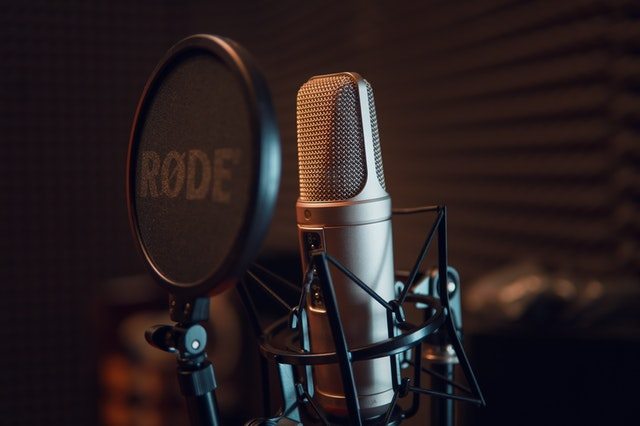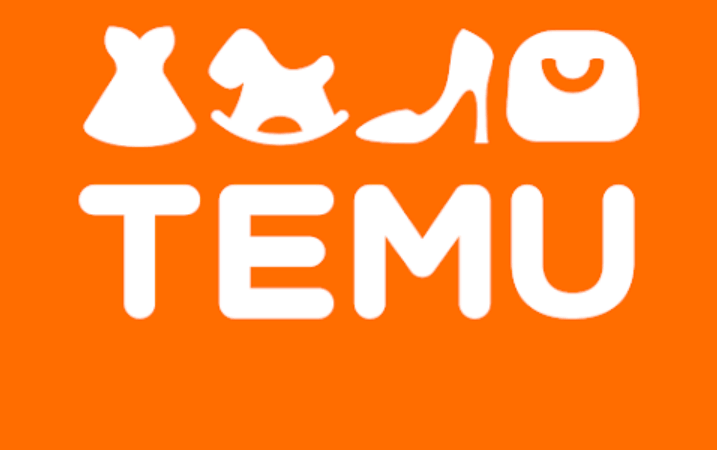What does 73 mean in ham radio?

The 73 code is around for as long as Ham Radio has existed. 73 is a phonetic alphabet in ham radio. Also, 73 is used at the end of a QSO.
It’s a simple question and one that’s been asked plenty of times in the Ham Radio world. The meaning behind the question, though, isn’t that simple. This article is going to go over what the 73 code is, where it came from and how it is used. The 73 code is really a class of codes that mean different things to different parts of the Ham Radio community. Because of this, we’re going to talk about a number of different scenarios in this tutorial. Most of them are related, but some are not.
Where did the 73 code come from?
The 73 code is around for as long as Ham Radio has existed. In fact, the 73 code is one of the oldest codes in Ham Radio. The exact origin of it is unknown. However, most people agree that it was popularized by our military folks. The explanation behind why hams use this number code to say goodbye originates from the old days of landline telegraphy. As soon as telegraphers began to send messages. For this purpose, they replaced themselves over and over again in their texts. The messages are necessary because they want other operators to facilitate. They want to control the messages. An example of such messages is one operator asking a fellow operator. ‘Are you ready’ mean are you ready to receive a message.
Over time, even beginners feel tired of sending such messages over and over again. The community wants a shorthand for short messages. The complete message takes a lot of time and replacing them with numbers saves a lot of time. For instance, instead of saying ‘Are you ready’ number 6 would be used. The numbers code in 1857 is published in the 1857’s National Telegraphic Review Operator’s Guide.
Message 73 is in today is the guide. 73 loosely translated to best regards in today’s translation. However, during the 1857s the literal definition of message 73 differed from the present definition. It literally meant ‘My love to you.’ The operators overlooked the sentimental nature of the translations and incorporated the code as a way of greeting and wished each other well on the wire. The creation of message 73 is accidental. When is use mistakenly, a general greeting between operators which they would occasionally use to keep each other company?
What does mean by 73?
Today, operators would send message 73 as a way of saying goodbye at the end of a transmission or if there was no more information to transmit. Message 73 means something different for everyone, but it is still referred to as message 73 in ham radio.
The definition kept evolving and in 1859. The western came with a new code in which 73 accept my compliment.’ The definition is changing to ‘compliments’ then to ‘my compliments to you. after that, ‘all my complements’ before settling on ‘best regards.’ 73 today is going through a series of changes.
The ‘best regards’ definition is in less formal cordial ways when it is formal. More definitions continue to emerge besides ‘best regards and ‘goodbye’ including ‘thanks’ and ‘hope to see you again soon.’
If ham radio hobby is something that appeals to you. always make sure you start simply as going deep feels complex and unnecessary at the start. Pick one of the top handheld radios for beginners from the shops you trust or reputable online retailers!
Another queer where 73 is uses
- 73 is a phonetic alphabet in ham radio. It often indicates a greeting, such as “Good morning” or “Good afternoon”.
- 73 is an appropriate way to end a conversation as one is signing off the air. It would be the equivalent of “Take care”, or “Goodbye”.
- 73 is also in place of 73 degrees Fahrenheit” since the voice services in the Amateur bands are identifies with words rather than numbers.
- With few exceptions, weather stations on the amateur bands use words rather are present than digits to identify them. The numeric designations for official stations operated by National Weather Service and other official agencies.
- 73 is also use for the identification of the repeaters: In this example, the repeater can be identified by saying “This is K1XXX in the suburbs of XX”.
- Also, 73 is used at the end of a QSO
- “73” is a way to end a conversation. In some cases, replaces by “Over & Out” and “QRT”. In the old days, people would say “73 and 88” meaning it was safe to turn off one’s radio. Predictably, 88 is for closing down permanently

